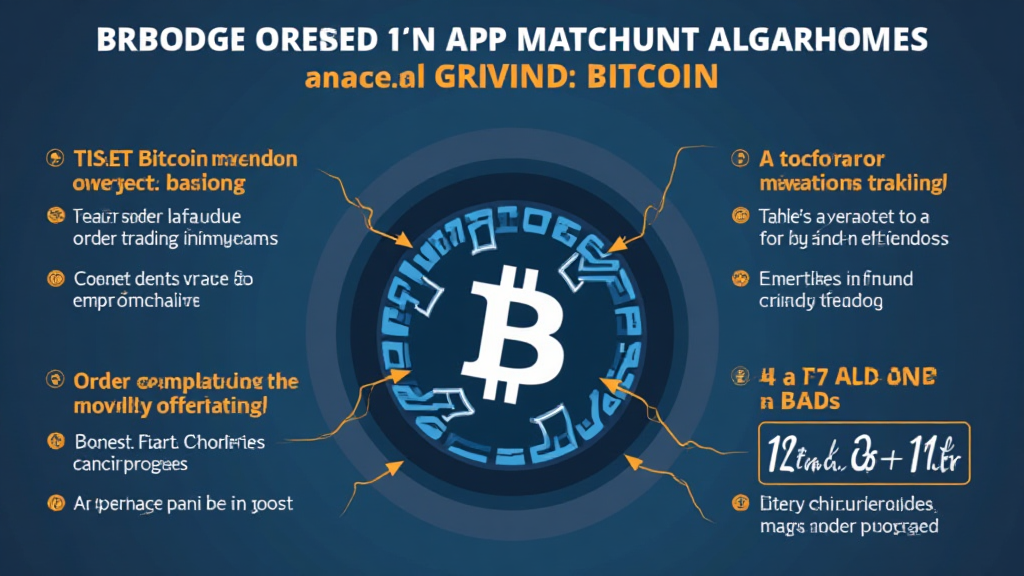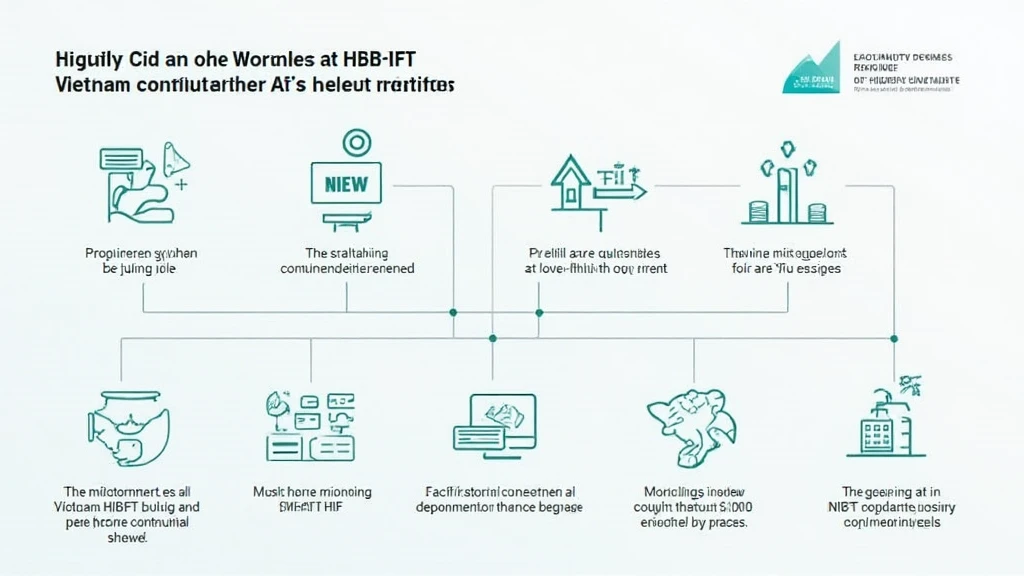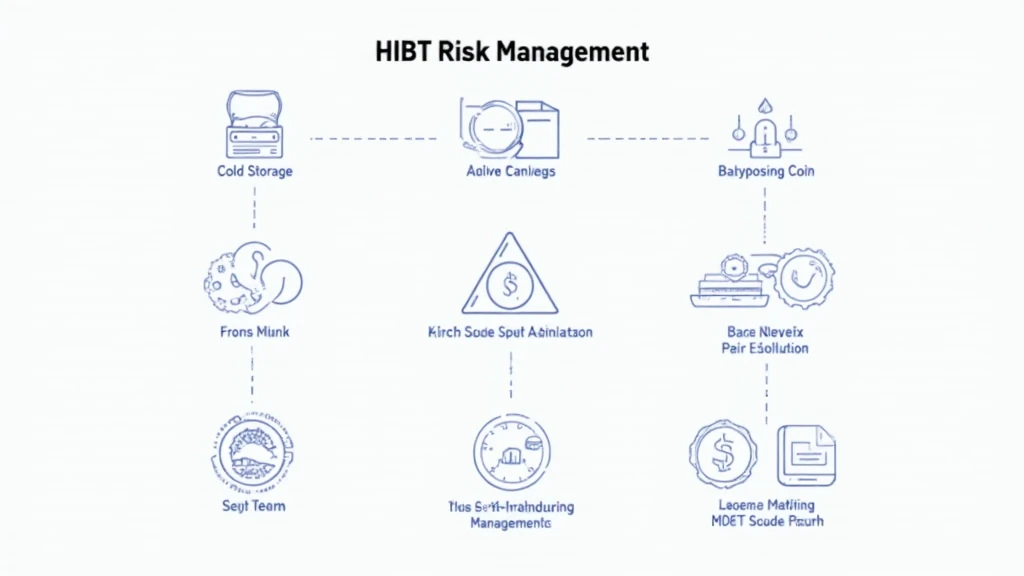Introduction: Understanding Bitcoin Order Matching Algorithms
In the rapidly evolving landscape of cryptocurrency, a staggering $4.1 billion was lost to DeFi hacks in 2024 alone, highlighting the urgent need for robust trading systems. One of the unsung heroes of this financial revolution is the Bitcoin order matching algorithm, integral to ensuring that trades are executed efficiently and securely across the network. In this article, we’ll explore how these algorithms function, their significance, and what the future holds for them in the cryptocurrency market.
What Are Order Matching Algorithms?
Order matching algorithms are the backbone of trading platforms. They facilitate the execution of buy and sell orders in a marketplace, ensuring that buyers and sellers find an accurate match for their transactions. Think of it as a digital market where orders are like products on a shelf, and the algorithm acts as the storekeeper, organizing items for sale.
How Do They Work?
- When a trader places an order, the algorithm checks the order book—a list of all outstanding buy and sell orders.
- If it finds a matching order, the algorithm executes the trade instantly, ensuring both parties receive their desired cryptocurrency or fiat currency.
- The algorithm can prioritize orders based on various criteria, including price, time, and type of order (market or limit).
The Importance of Transaction Speed and Efficiency
In the competitive world of cryptocurrency trading, speed is everything. Order matching algorithms significantly reduce the time it takes to execute trades, often processing thousands of transactions per second. This efficiency not only benefits traders but also enhances the overall liquidity of the market.

- Reduced Latency: Quick execution times mean that traders can capitalize on market opportunities without delay.
- Market Depth: Efficient order matching increases the number of transactions being processed, which adds depth to the market.
Case Study: Bitcoin Exchanges and Their Matching Engines
Major exchanges like Binance and Coinbase utilize sophisticated order matching engines that can handle immense volumes of trades. Each engine is tailored for specific market conditions and user needs, demonstrating the versatility of order matching algorithms. For example, Binance’s matching engine can process up to 1.4 million orders per second, providing traders with a seamless experience.
Types of Order Matching Algorithms
There are various types of order matching algorithms, each designed to meet different market demands. Let’s explore the most common types:
1. Price-Time Priority
This algorithm prioritizes orders based on the best price available in the market. When multiple orders are at the same price, the order that was placed first will be executed first. This is the most straightforward and common method used across many exchanges.
2. Market Maker Algorithms
These algorithms are designed to provide liquidity to the market by placing orders proactively. They generate profits from the spread between buy and sell prices. Market-making algorithms play a crucial role in ensuring that traders can execute their orders quickly and efficiently.
3. Price-weighted Order Matching
This type of algorithm considers multiple parameters, including price fluctuations and trading volumes. It adapts to market conditions, making it suitable for exchanges that experience volatile price movements.
Challenges and Solutions in Order Matching Algorithms
Despite their benefits, order matching algorithms encounter several challenges that can undermine their effectiveness in crypto trading.
1. Scalability
As the number of traders grows, the order book expands, requiring the algorithms to handle more data. Some strategies to enhance scalability include:
- Utilizing advanced hardware and software solutions.
- Implementing distributed ledger technologies for faster data processing.
2. Latency Issues
Latency can cause delays in trade execution, leading to lost opportunities. Solutions to address latency include:
- Optimizing network infrastructure.
- Employing high-frequency trading strategies.
The Future of Bitcoin Order Matching Algorithms
In the coming years, we can expect a significant evolution in Bitcoin order matching algorithms as technology advances. With growing adoption in regions like Vietnam, where crypto users increased by 62% in 2025, there’s a push for more innovative solutions to improve trading efficiency.
User-Centric Innovations
As platforms seek to attract more traders, we anticipate the development of user-centric innovations in order matching. Features like:
- Customizable algorithms tailored to individual trading styles.
- Enhanced graphical interfaces for a better user experience.
Conclusion: The Path Forward for Bitcoin Order Matching Algorithms
To sum it up, Bitcoin order matching algorithms are critical components in the functionality of cryptocurrency exchanges. They not only enhance trade execution speed but also improve market liquidity, making them indispensable in the digital asset landscape.rganizations must continue to refine these algorithms to adapt to ever-changing market demands. As we look ahead, innovations in this sphere will play a crucial role in shaping the future of crypto trading.
With the surge in crypto trading across countries such as Vietnam, understanding these algorithms will become even more essential for traders seeking to navigate this complex market effectively. To stay ahead of the curve and begin optimizing your trading strategies today, be sure to stay informed on this ever-evolving topic!
For more insights on cryptocurrency and trading strategies, check out hibt.com and explore our extensive articles.
Author: Dr. Emily Brown, a renowned blockchain consultant and expert with over 20 published papers in the field of financial technology, and an extensive background in auditing projects for leading cryptocurrency networks.





